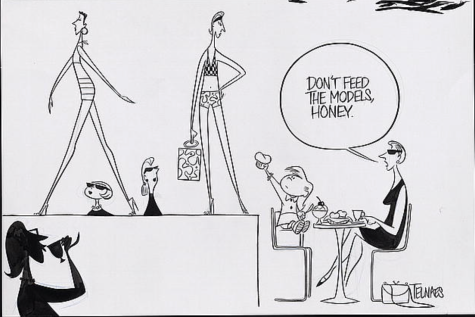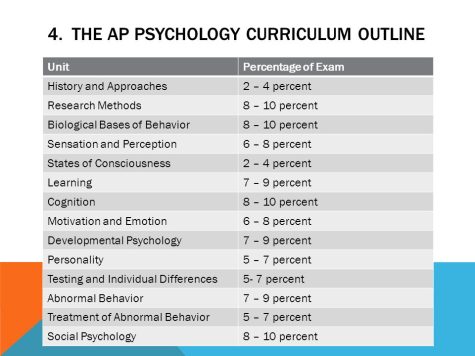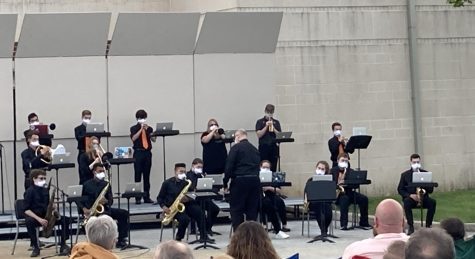What Happened to School Field Trips?
May 9, 2023
In the good-ole days, classmates would be gleaming in excitement while handing in their permission slips weeks in advance for an upcoming field trip. Packing onto the bus, yelling out role-call, and convincing your parents to chaperon the trip were all key factors to the experience. Do you remember all this, or has it been too long since your last field trip? At CYHS, there are incredibly limited trip opportunities that few students get to participate in and look forward to.
Each year of elementary school, grades would have their own specific field trip that year to involve the classes and take them out of the building: second grade had a trip to the Nixon Park Nature Center to explore the local environment and animals, third grade went to York’s Agricultural and Industrial Museum and fourth graders were taken to the capital to see the inside of Harrisburg’s courthouse. Almost always the highlight of the year, field trips were prioritized in elementary school, so why not now?
In a study with 400 adults completed by the National Education Association (NEA), the value of field trips is significantly emphasized by the percentages of later success in life.
“Regardless of gender, ethnicity or socioeconomic status, children who take school trips have better grades (59%), higher graduation rates from high school (95%) and college (63%) and greater income (12% higher annually),” the article features.
It later states that 89% of the participants thought those field trips had, “ positive, lasting impact on their education and career” because of their engagement in activity and the learning experience. Data shows the promise of providing students with these opportunities, so why are high schoolers missing out on these memorable experiences?
Having organized a field trip here in the past, English teacher Nathan Trimmer would arrange a trip to Washington D.C. with the journalism classes to see the “Newseum”; a museum sharing exhibits and history about U.S. journalism. The museum has since been closed, but this was a highlight among the previous classes and was considered, “something to look forward to,” Trimmer said.
He further explained the process teachers go through to pass field trips and keep them organized among the busy staff and students.
“The system that we have is a two-prong system with a formal document that teachers use for uploading a field trip, saying whos going, that other teachers can reference,” explained Trimmer. He also stated how the attendance records share the information and that often teachers send a courtesy email the week of.
Though it is an extensive extra step, the process should not sway teachers away from trying to organize a field trip.
“I wouldn’t say it was a struggle, but it was just more boxes to tick,” Trimmer says.
From the student body, people want to continue these memory-making trips and would like to see them in the high school. Senior Emily Crouthamel remembers the passed experiences fondly.
“In first grade we went to Hershey Gardens. I remember walking through the beautiful gardens with my friends and we all had a great time,” Crouthamel said.
She also wants to see opportunities in the high school like a senior trip with the class of 2023, possibly “to an amusement park”.
Though not always having a main focus on education, those types of trips are just as important to provide students. The opportunity to leave the classroom and get out into an area of interest is a great resource to share with students and will benefit them long term. In such a historically rich area as Pennsylvannia, the options to see something related to studies is plentiful and enjoyable for students to take part in. If you are a student with an idea for a field trip, urge your teachers to try to organize one for your class–the worst it can be is a day out of
of the building!









